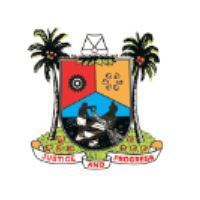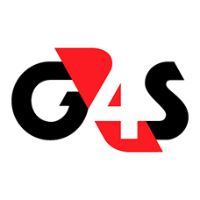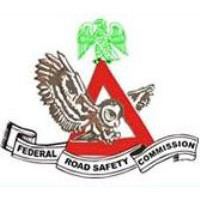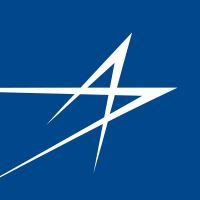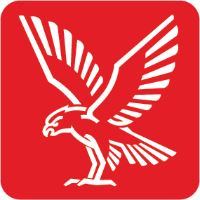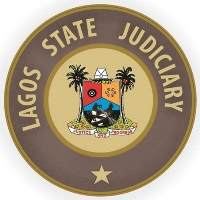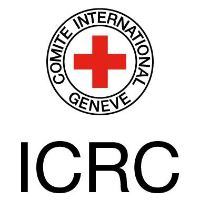

The origin of the Nigerian Navy could be traced to the Marine Department of the Royal Navy established in 1887 as a quasi-military organization, which combined the duties of the present-day Nigerian Ports Authority (NPA), the Nigerian Inland Waterways Authority and the Nigerian Navy. Elements of the Marine Department took part in military operations against the Germans in Cameroun during the First World War between 1914–1918. However, the colonial administration did not consider it necessary to establish a proper navy, as they believed that it was the duty of the Royal Navy to give naval protection to Nigeria. Also, the Marine Department was considered adequate to look after security of the ports and coastal approaches and provide harbour services for Royal Navy ships on West African patrols. This was the situation until the end of the Second World War in 1945.
After the war, the colonial administration preferred that emphasis be placed on port-related duties for the Marine Department. A proposal was then made to establish NPA. The officers of the Marine Department, who belonged to Royal Navy Reserve, did not give up on the idea of a navy and therefore continued to press for the establishment of a naval force. The agitation for the establishment of a navy was succinctly summarized in the words of Mr LL Olakunle, a member of Parliament in 1556. He said “If we must have a Nigerian Navy, then we must have something along the pattern of the British Navy”. With further pressure from our nationalists, the colonial administration disbanded the colonial Marine Department. Sequel to this action, 250 officers and men of the disbanded Marine Department were put together to form the nucleus of the Nigerian Naval Force (NNF) in April 1956. The Force was later renamed Naval Defence Force (NDF) of Nigeria. Efforts of the Marine Department officers eventually led to the policy statement by the Colonial Government of Nigeria contained in the Sessional Paper No. 6 of 1956 for the establishment of a Naval Defence Force (NDF).
On 1 June 1956, the NDF commenced operation with 11 assorted ships and craft inherited from the erstwhile colonial Marine Department of the Royal Navy. On 1 August 1956, the first legislation on the Navy was passed by the House of Representatives and was assented to on 5 September 1956 by Sir James Robertson, the Governor-General of Nigeria. It was called the Nigerian Navy Ordinance. The Ordinance re-designated the NNDF as the Royal Nigerian Navy. Consequently, on 1 May 1958, the NDF was legally established as a force and re-designated Royal Nigerian Navy (RNN) as a mark of allegiance to the Queen of England.
In 1963, when Nigeria became a republic, the prefix “Royal” was dropped and the name became the Nigerian Navy (NN). The modern day NN came into being legally through the Act of Parliament No 21 of 1964. At inception, the NN was statutorily required to patrol only 3 nautical miles, which was the limit of the territorial waters. The post-independence Navy Act of 1964, formally established the NN and removed the limitation of the NN operations to the country’s territorial waters. However, the NN remained with a few patrol boats without evolving significantly into a multi-mission maritime arm of the Nigerian Armed Forces. The 1999 Constitution of the Federal Republic of Nigeria and the Armed Forces Act CAP A20 and the National Defence Policy 2006 accordingly charged the NN with the defence of Nigeria by sea. These statutes also expanded NN roles to cover the full spectrum of military, policing and diplomatic functions of a modern navy. Performing these roles efficiently and effectively entails linkage and synergy with the Nigerian Army, the Nigerian Air Force and other relevant maritime security agencies.
PRESENT STRUCTURE OF THE NIGERIAN NAVY
The NN is currently structured into 9 Branches at the Naval Headquarters, 5 commands and a number of autonomous units. The 5 commands are made up of 3 operational commands – Western Naval Command, Central Naval Command and Eastern Naval Command with Headquarters located at Apapa, Yenagoa and Calabar- as well as the Training and Logistics Commands with Headquarters at Apapa and Oghara respectively. Each of the 5 commands is headed by a Flag Officer of the rank of Rear Admiral. The NN autonomous units include Naval Ordnance Depot (NOD), Naval Doctrine and Assessment Centre (NDAC) and Navy Holdings Limited (NHL). Navy Holdings has 9 subsidiary companies. These include Naval Dockyard Limited (NDL), Naval Shipyard Limited (NSYL), Naval Building & Construction Company Limited (NBCCL), Navy Hotels & Suites Limited (NHSL), Navy Micro Finance Bank Limited (NMFBL), Navy Maritime Services Limited (NMSL), Naval Exchange (NAVEX), Naval Engineering Services Limited (NESL) and Navy Clearing and Forwarding Services Limited (NCFSL). The autonomous units and support facilities enable the NN to maintain the fleet and personnel for sustained operations. The NN has also, recently, established a Project Implementation, Monitoring and Evaluation Directorate at the NHQ for better management of NN projects.
